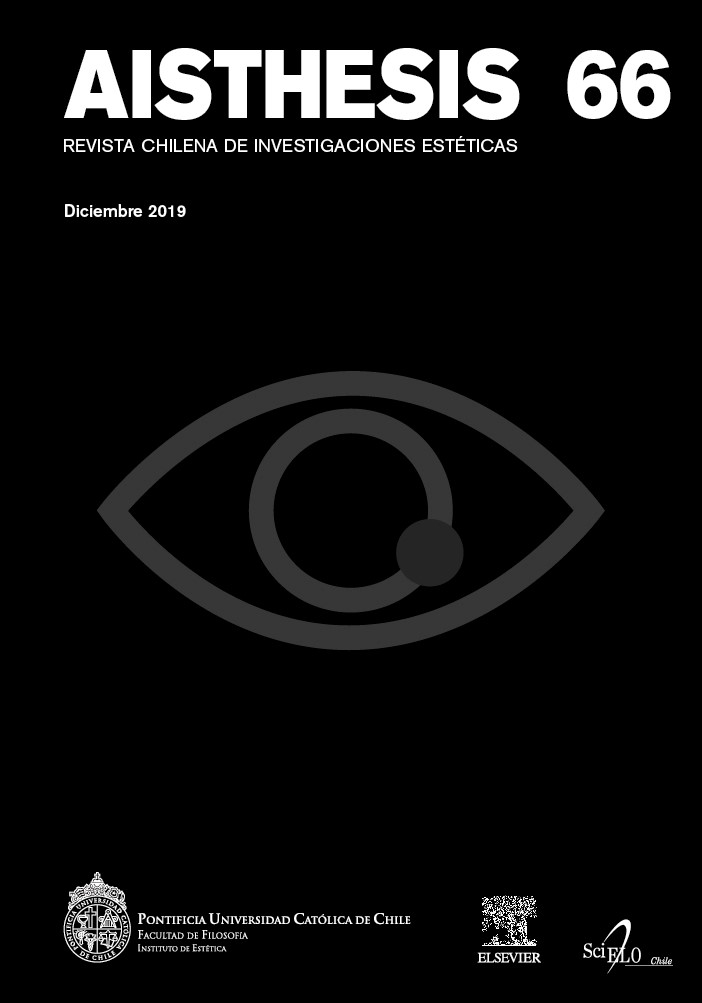Dialogism and Representations of Nymphs in Folk, Literary and Artistic Tradition
Main Article Content
Abstract
The nymphs, from their mythological avatars to literary modernity, form an example of ecosimbolism that demonstrates a parallel between the feminist discourse and the nature discourse, backed by Gimbutas theories. According to her, the culture of the Goddess was associated with a culture of peace and cooperation, unlike the emergence of the patriarchal order of the Olympic gods. In this line, the stereotypes of nymphs in the myth or western literature often obscure or distort the role of these female deities. Hence the connections of these numbers with iconologies of monsters and figures such as the Potnia Theron, whose violent or crazy behavior glosses Calasso. Postmodernity has reused these icons —in decadent, lustful or mystical ways— to radiate this bundle of meanings, as in pre-Raphaelism and other artistic-literary discourses.
Downloads
Article Details

This work is licensed under a Creative Commons Attribution-NonCommercial-ShareAlike 4.0 International License.
All contents of this electronic edition are distributed under the Creative Commons license of "Attribución-shareAlike 4.0 Internacional" (CC-BY-SA). Any total or partial reproduction of the material must mention its origin.
The rights of academic works published in this publication belong to their authors., who grant to AISTHESIS: Revista Chilena de Investigaciones Estéticas the license for its use. The management of the permits and the authorization of the publication of the images (or of any material) that contains copyright and its consequent rights of reproduction in this publication is the sole responsibility of the authors of the articles
